Putting the “Green” in Greenscape
Ask Jennifer Schamber, Greenscape Gardens general manager, if there’s anything new in the works for 2013 and she might respond with, “Take a seat” and a big smile. From chicken coops and beehives to native plants and grocery stores, this Missouri retailer has plans this year to be hyper local, friendly on the earth and easy on the conscious.
Here’s a glimpse into the green-thinking of Greenscape Gardens…
Sweet Benefits
Greenscape Gardens started its beehives because of a noticeable interest in local honey. “As more people started to realize the benefits of local honey (e.g., allergies), the demands for it has shot up tremendously,” Schamber explains.
The hives at this IGC are maintained by a local master gardener, “which is a nice tie-in to other local master gardeners.” This master gardener processes the honey and the garden center labels it as its own. She will also process it into creamed honey, which Schamber will promote on Greenscape’s Facebook page.
“It will sell out by the end of the day,” she says. “The exclusivity of it, especially for people in our immediate area, makes it really special.”
Schamber says the hives and its honey have helped her garden center attract the “foodie gardener” people who are really interested in the quality of the food that they eat.
This year Schamber has plans to advertise in a truly local food publication with hopes of attracting that demographic.
“There’s a lot of people who don’t realize that when it comes to the foodie garden, some of the simplest things they can grow themselves.”
Stormwater Solutions
The Grow Natives program, a native plant growing initiative formerly part of Missouri’s Department of Conservation, was recently taken under the wing of the Missouri Prairie Foundation, which has opened the program up to the lower Midwest.
“The perception of how we use land is changing,” Schamber says. “We’re starting to want plants to not just be pretty but to have some sort of usefulness. This native plant program is making it easy for people to find the resources to get involved.”
Schamber has heard from wholesale growers that there’s been a huge increase in the interest and demand for native plants by sewer districts and landscape architects for stormwater mitigation.
“Stormwater mitigation is a big deal in our area,” she says. “We have the Deer Creek Watershed Alliance, and if you happen to live in this watershed district you can apply to take part in the RainScape Rebate.” This alliance is a project of the Missouri Botanical Garden and the Metropolitan Sewer District. Rebates can reach up to $2,000 for native plant projects aimed at slowing down stormwater.
“We’ve created a program that we’re branding as Eco-Easy,” she says. “We are trying to become the hub for people who want to get involved in this project. We’re their place to start.”
For spring, Greenscape will dedicate an entire department to this native plant program, which will take the store-within-a-store approach. It will include new packaging, a rain garden mix from a local composting business and promote partnerships with contractors and consultants who specialize in this field.
Rule the Roost
The chickens and the chicken coop have been a mainstay at Greenscape Gardens going on five years now. Why?
“To attract people with kids,” Schamber says. “And it did. It was overwhelmingly successful and has really become our best little marketing department.”
The Greenscape team looks to connect any business opportunity they can to the chickens.
This year, the garden center has committed to using and carrying a large inventory of organic, chicken-manure fertilizer called Chick Magic.
“Having the chickens and carrying this fertilizer helps bring it full circle,” she says. “We use it here at the nursery and it helps us tell more of a story. Sometimes that’s the best thing you can do at the store is tell the whole story. Tell them how to do it and why.”
To Market, To Market
While Greenscape Gardens may not be in business to sell eggs, a new neighbor that just moved in down the road, as a matter of fact, is.
Just 1½ miles away, a new Local Harvest Grocery opened and Schamber couldn’t be happier.
“They do sell local eggs and homesteading supplies (beehives, canning, etc.),” she says. “What’s great is we have like-minded customers. They can send people to us for plants and they can see our chickens and beehive and we can send them to Local Harvest for those supplies. It’s great to send people to a local source and not the Internet every time.”
Schamber expects the grocery store to become a key player in Greenscape’s marketing plan.
“I’m going to be doing a program there on organic gardening and the grocery’s owner will be coming here to our food events sponsoring one of our Thirsty Thursdays where we stay open later and feature a local specialty beverage.” The two are also making plans to host a big, local dinner party for the fall on Greenscape Gardens’ property.
When Local Harvest broke ground in Schamber’s area, this garden center general manager wasted no time informing the grocer how much of a fan she is of the store and its mission.
“We just clicked. They have a lot to offer us and we have a lot to offer them.”
Cocktail Hour
Taking cues from her husband’s gardening interests, “‘If you can’t eat it, why grow it?’ he says, which is something I never thought of (as a gardening mentality),” Schamber says.
A neat little feature she plans to promote during Greenscape’s Thirsty Thursdays events is the concept of a “bartender’s garden.”
“We want to really build that up,” she says. “We’re going to show people how to use things from the garden for their cocktails. It’s something fun and easy.”

Putting the “Green” in Greenscape – Jennifer Schamber of Greenscape Gardens is full of great ideas. Here are five of her coolest, most local and earth-friendliest yet.

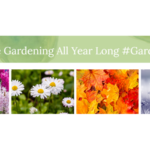
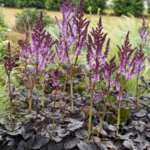

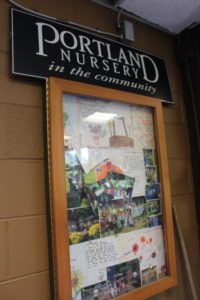
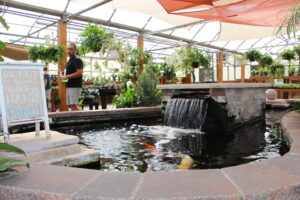
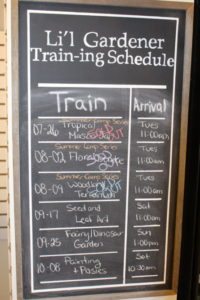

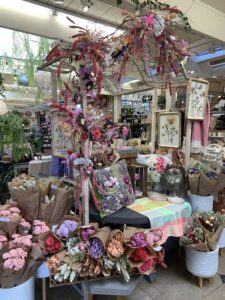
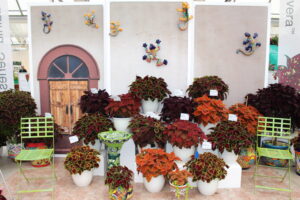
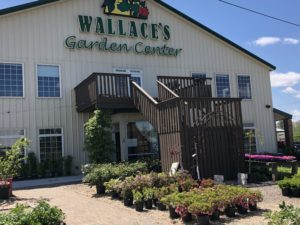
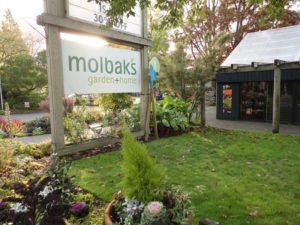
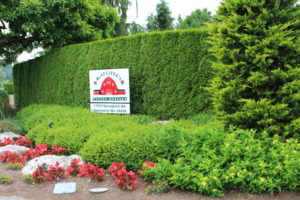
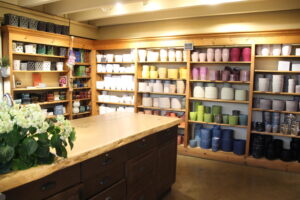
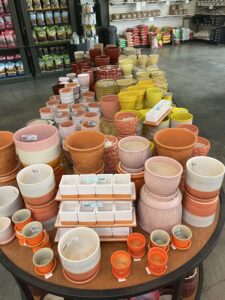
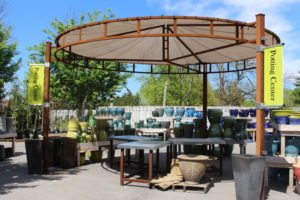
 Videos
Videos





